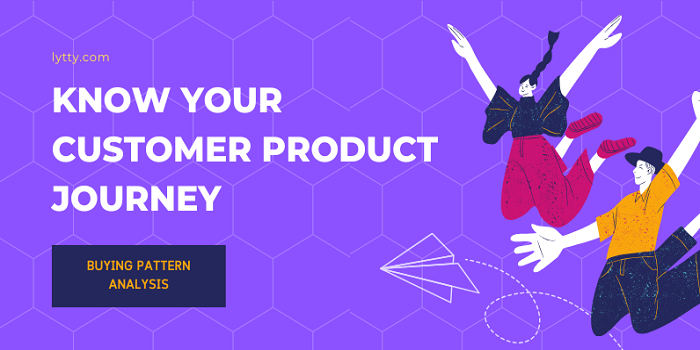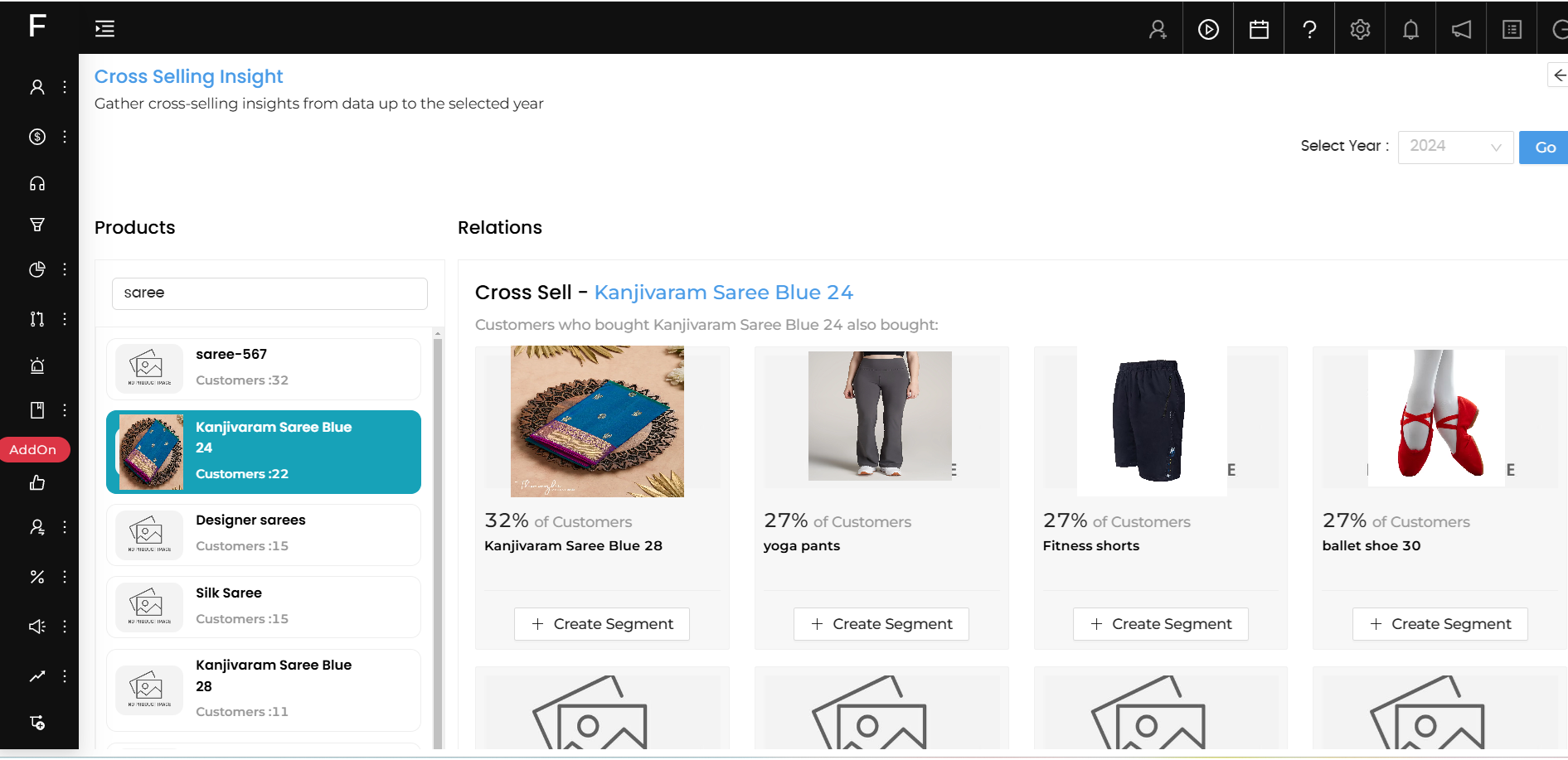
Published: Jan 13,2025

In the competitive retail landscape, understanding your retail customer journey and buying patterns is crucial to success. As customer purchasing behavior continues to evolve—driven by the rise of digital marketplaces and heightened expectations—retailers must embrace advanced tools and techniques to meet customer demands effectively.
Research from Salesforce reveals that 63% of B2C consumers and 76% of B2B customers expect brands to understand their unique needs and expectations. By analyzing customer behavior patterns, businesses can create tailored interactions, foster loyalty, and drive profitability.
This blog explores how LYTTY, a cutting-edge Retail CRM, empowers retailers to decode buying patterns, leverage customer cohort analysis, and optimize their marketing strategies.
Why Understanding the Retail Customer Journey is Key
The retail customer journey encapsulates every touchpoint a customer experiences with your brand—from discovery to purchase and beyond. A deep understanding of this journey enables you to:
Key Insight:Modern customers are highly informed, value-driven, and selective. They demand experiences that align with their expectations, making customer journey insights a non-negotiable asset for retailers.
Analyzing Buying Patterns with LYTTY
LYTTY helps retailers map buying behaviors to actionable insights. Here’s how:
1. Identify Repeat Purchase Trends
With LYTTY, you can analyze what customers are purchasing during repeat visits. For instance, if a customer frequently buys Western clothes but suddenly opts for a Golden Thread Silk Saree, it could indicate an upcoming event. By combining this insight with social listening tools or monitoring their online activity, you can:
Analyzing Buying Patterns with LYTTY
LYTTY helps retailers map buying behaviors to actionable insights. Here’s how:
1. Identify Repeat Purchase Trends
With LYTTY, you can analyze what customers are purchasing during repeat visits. For instance, if a customer frequently buys Western clothes but suddenly opts for a Golden Thread Silk Saree, it could indicate an upcoming event. By combining this insight with social listening tools or monitoring their online activity, you can:
2. Leverage Customer Cohort Analysis
Retailers can use LYTTY to analyze customer cohorts—groups of customers with similar purchasing behaviors. This analysis helps you:
Example:If a cohort frequently buys skincare products during their first purchase and cosmetics in subsequent purchases, you can create marketing campaigns targeting skincare buyers with cosmetic offers.
Actionable Strategy:
Cohort analysis ensures that your marketing and product recommendations align with real customer behavior trends, maximizing your sales opportunities.
3. Understanding Product Pairing Trends
Another critical aspect of buying pattern analysis is identifying what customers commonly buy together. LYTTY enables you to track and map these trends to create better upselling and cross-selling opportunities.
For example:
This kind of analysis allows retailers to uncover hidden patterns and create seamless customer experiences, encouraging customers to explore and purchase more.

4. Linking Promotions to Buying Behavior
Promotions and campaigns significantly influence buying patterns. LYTTY helps you track how customers react to different offers and promotions, allowing you to refine your strategies over time.
Example:
Tracking buying patterns during promotions ensures you optimize your marketing spend and drive better results from your campaigns.

Conclusion
In today’s retail ecosystem, understanding the retail customer journey and utilizing Retail CRM tools like LYTTY is essential to staying competitive. By leveraging customer cohort analysis and analyzing buying patterns, you can tailor your marketing efforts to meet customer expectations, boost engagement, and drive revenue growth.
Start your journey with LYTTY today and unlock the full potential of retail customer insights!
Next blog - > Customer Repeat Purchase Analysis- Learn how to analyze repeat purchase trends to foster long-term customer loyalty and retention.

Download the D2C Bank Account Freeze Survival Checklist (Free PDF) and get practical steps to protect your bank account freezes caused by fraudulent transactions.
Thank You! Your Freeze Survival Checklist is on its way
While you're here, don't stop at prevention - learn how leading D2C brands are using LYTTY to :
Or